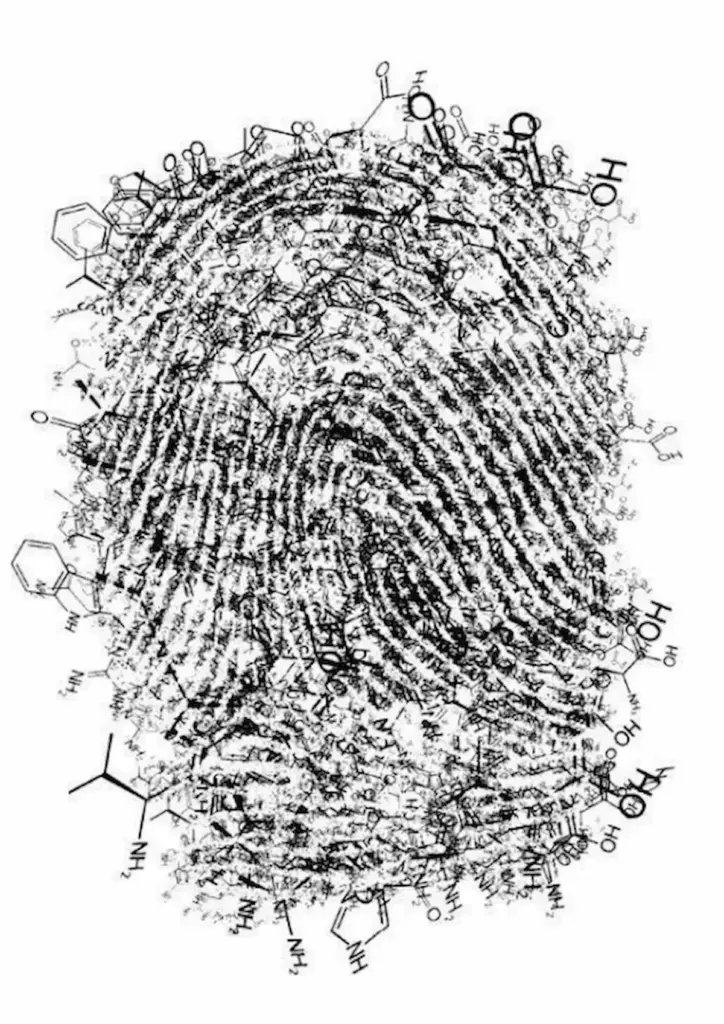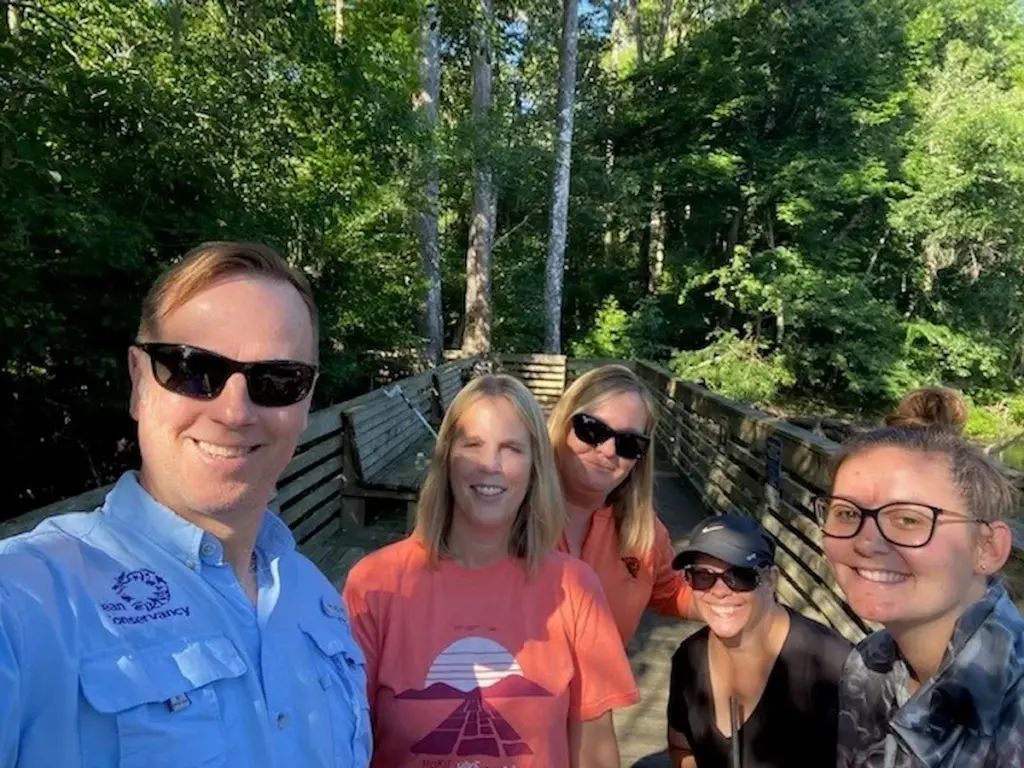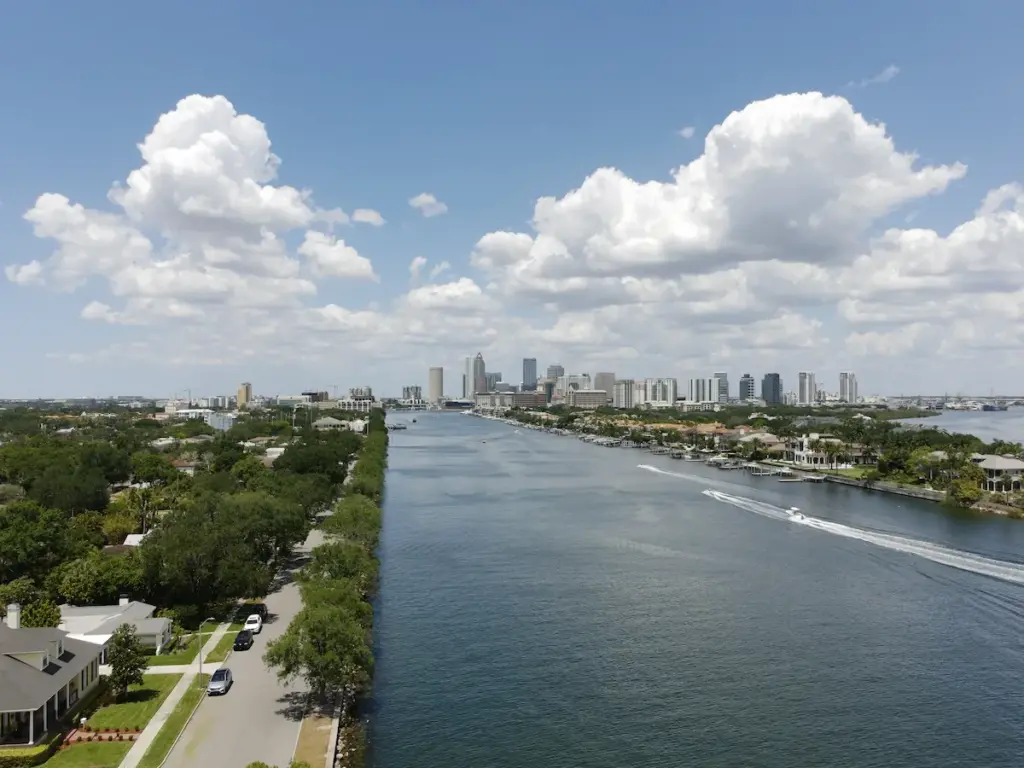What is Nitrogen Pollution?
How new fingerprinting research aims to reduce nitrogen pollution in Florida

This blog was written by Kassidy Troxell, a Ph.D. candidate at Florida international University and intern with Ocean Conservancy. Kassidy is a lead scientist executing the nitrogen fingerprinting discussed in this blog.
Florida’s beautiful water bodies, like Tampa Bay, are essential for our enjoyment and the health of our environment. Unfortunately, these waters are facing a significant threat called nitrogen pollution. But now, scientists conducting cutting-edge “fingerprinting” research hope to reveal nitrogen hot spots to curb pollution contributing to seagrass losses, manatee deaths and ecosystem decline.
Get Ocean Updates in Your Inbox
Sign up with your email and never miss an update.
Nitrogen is a nutrient that, in excessive amounts, can cause harmful effects on aquatic ecosystems, leading to issues like algal blooms and the decline of important underwater plants. But what exactly is nitrogen pollution, and why should we be concerned? Let’s break it down and explore how we can work together to protect our precious coastal waters.
Nitrogen is a natural and essential component of our environment and is vital for the growth of plants and animals. However, when too much nitrogen enters our waterways, it can upset the delicate balance of aquatic ecosystems. The main culprits behind nitrogen pollution are human activities such as sewage discharge, agriculture and stormwater runoff. These activities release excess nitrogen into our rivers, lakes and coastal waters, harming aquatic life and water quality.

Nitrogen pollution has various negative impacts on coastal and marine ecosystems. One major consequence is the growth of harmful algal blooms. These blooms can deplete oxygen levels in the water, creating “dead zones” where fish and other marine life struggle to survive. Additionally, excessive nitrogen can lead to poor water quality and the decline of seagrasses, which are the main food source of threatened manatees. Seagrasses are the aquatic equivalent of lungs, generating dissolved oxygen essential for the survival of fish and other species. When seagrasses disappear, the balance of the entire ecosystem is disrupted, affecting the health and productivity of our waterways. The loss of seagrasses in recent years is behind the steep increase in manatee deaths, resulting in a population decline of more than 25% since about 2017.
Scientists with Florida International University, the University of Florida and Florida State University are partnering with Ocean Conservancy to undertake an innovative nutrient fingerprinting study in Tampa Bay. This method aims to identify the specific sources of nitrogen pollution in our water bodies. By analyzing water samples, experts can determine whether the nitrogen comes from human waste, agricultural activities or other sources. This information is crucial for policymakers and communities to take targeted actions to reduce pollution and restore water quality. Nutrient fingerprinting could potentially be a new and powerful tool in Florida’s water quality-monitoring toolkit.

The fight against nitrogen pollution requires collaborative efforts involving individuals, civic organizations and policymakers. Here are a few steps you can take to reduce nitrogen pollution and protect Florida’s water resources:
- Convert and maintain septic systems: Explore financial assistance options for converting from septic to sewer systems potentially available through your local government. If conversion is not possible, ensure proper maintenance of your septic tanks to prevent pollution and extend their lifespan.
- Reduce fertilizer use: When fertilizing your lawn or garden, follow recommended guidelines of avoiding fertilizer use in the wet season and avoid over-application in the dry season. This helps prevent excess nitrogen from washing into nearby water bodies.
- Clean up after your pet and remove leaves and grass clippings: Water from rains can create stormwater that picks up things like these that contribute to excess nutrition’s when they wash into storm drains.
- Stay informed about local water quality issues and participate in community efforts to protect and restore our water resources.
Nutrient fingerprinting can potentially take our efforts to improve Florida’s water quality to a new level by identifying the largest contributing nitrogen sources and guiding pollution reduction efforts critical to restoring the health of coastal and marine ecosystems.

Everyone, whether residing along the coast, by a canal or inland, plays a crucial role in controlling nitrogen pollution. Just as Disney’s Finding Nemo reminds us, all waterways ultimately lead to the ocean, and our actions on land have far-reaching consequences for marine life. Let’s come together as stewards of the environment and work towards cleaner, healthier waters for the sunshine state. You can take action now to help put the manatee back on the endangered species list.